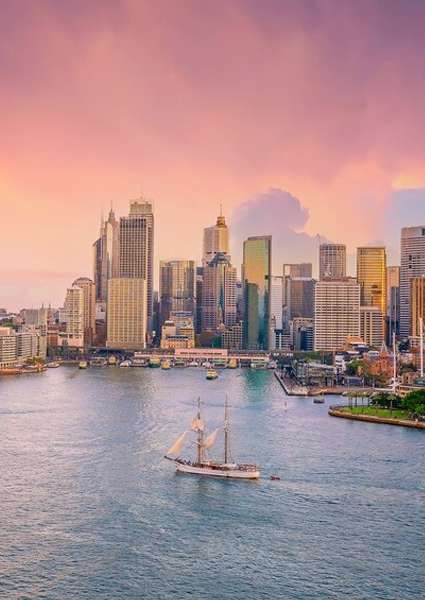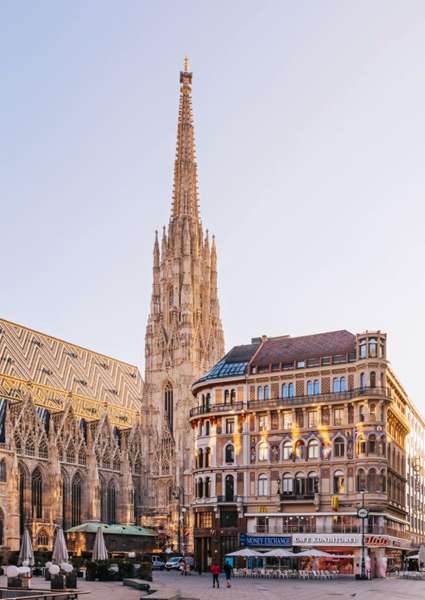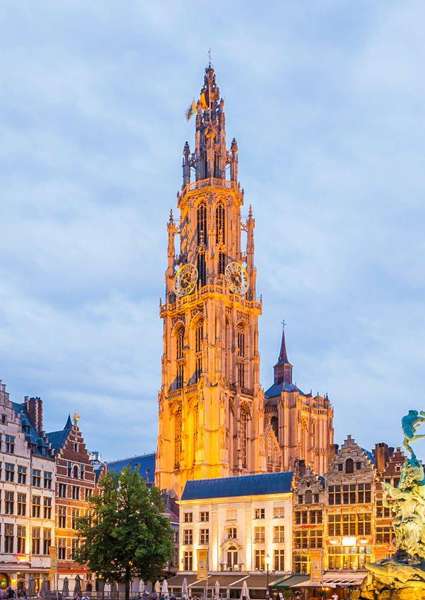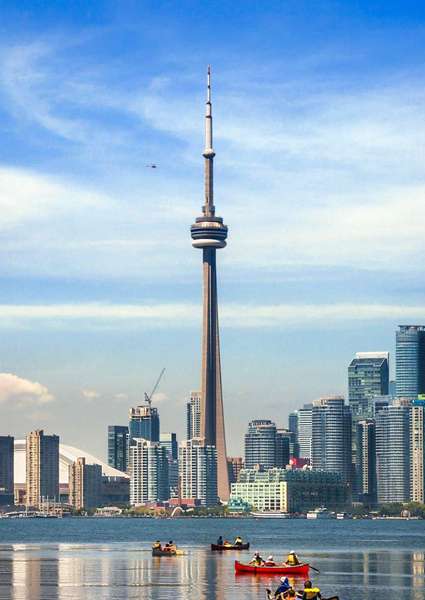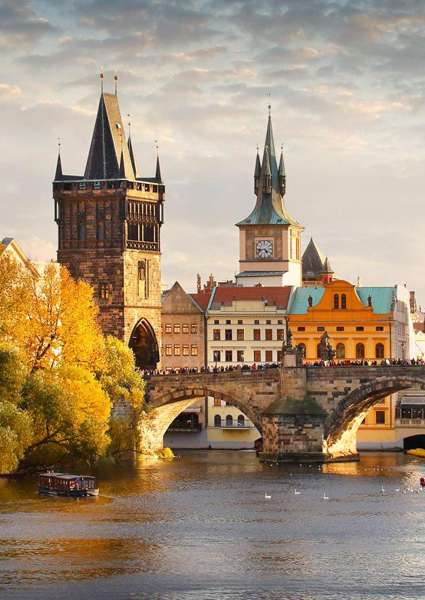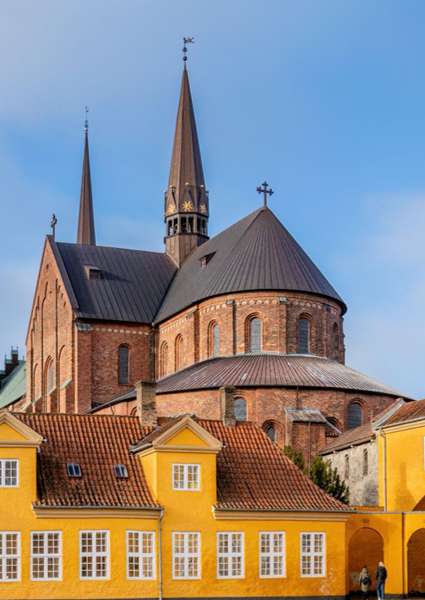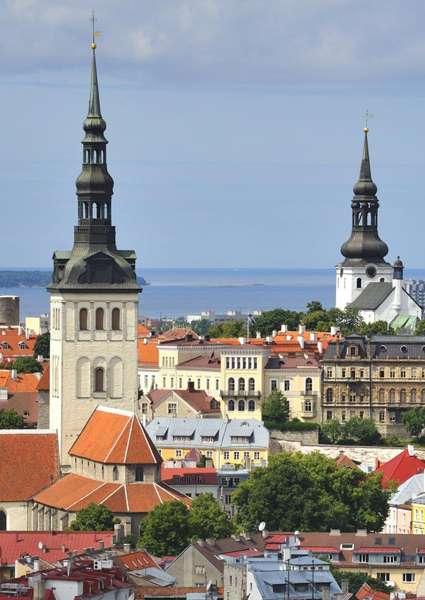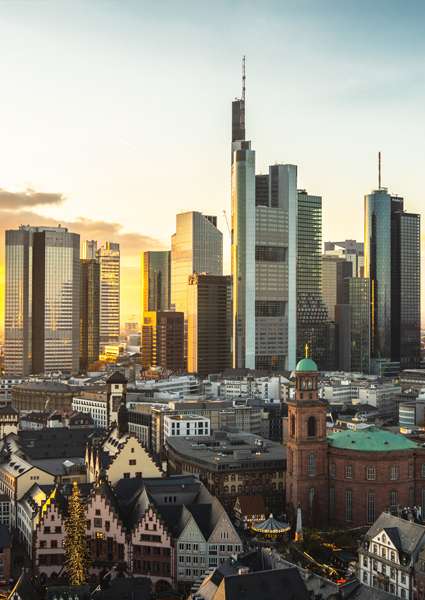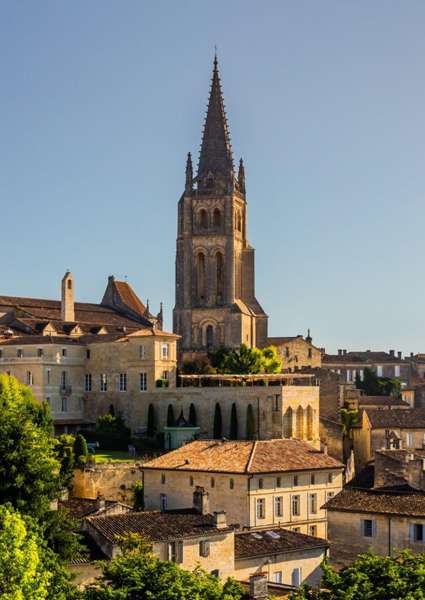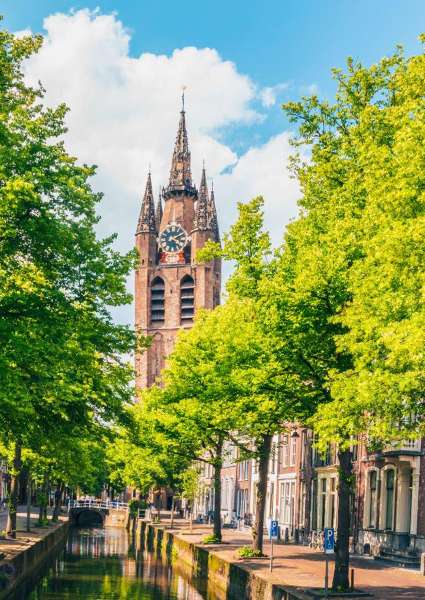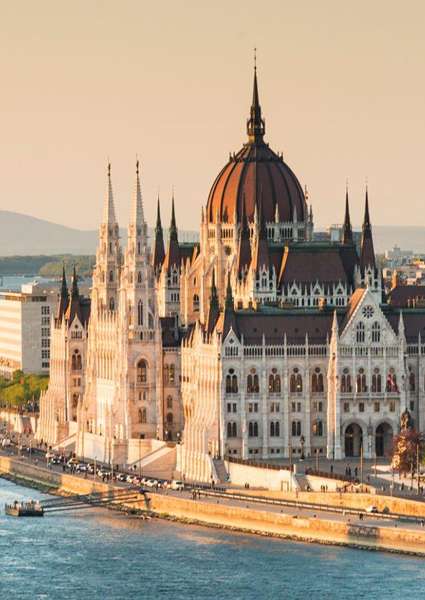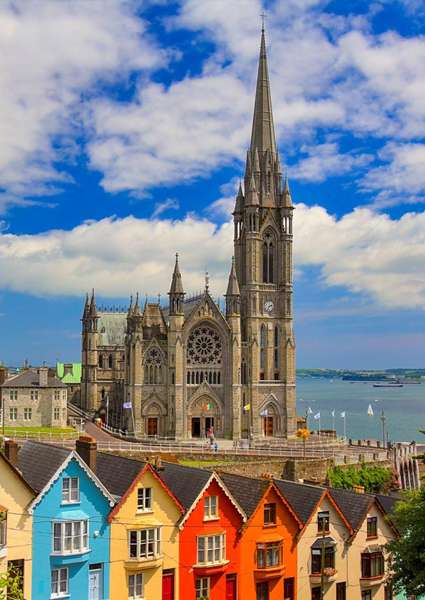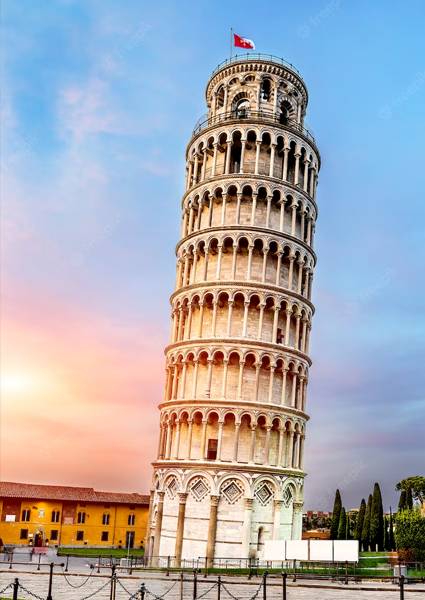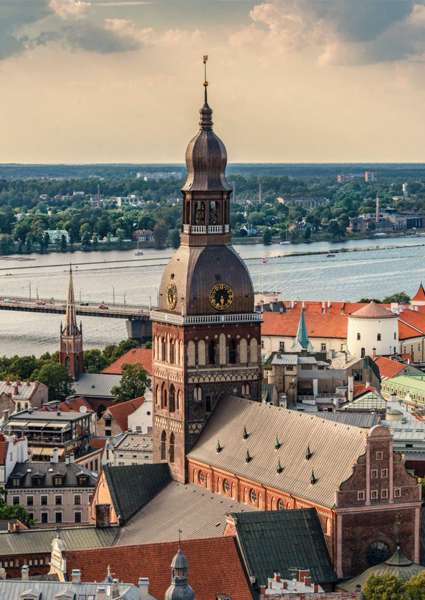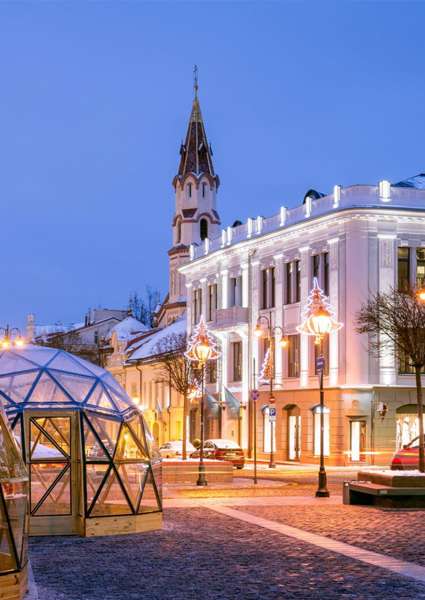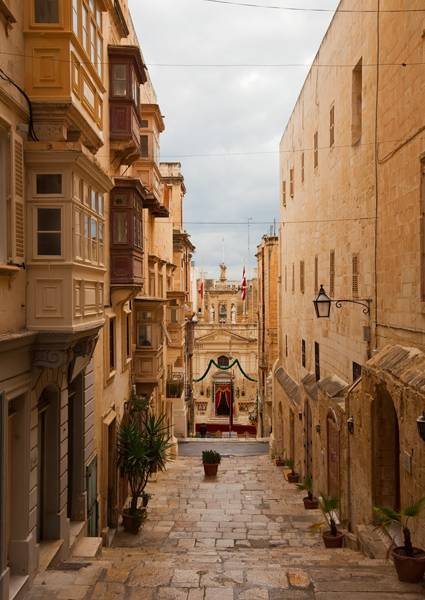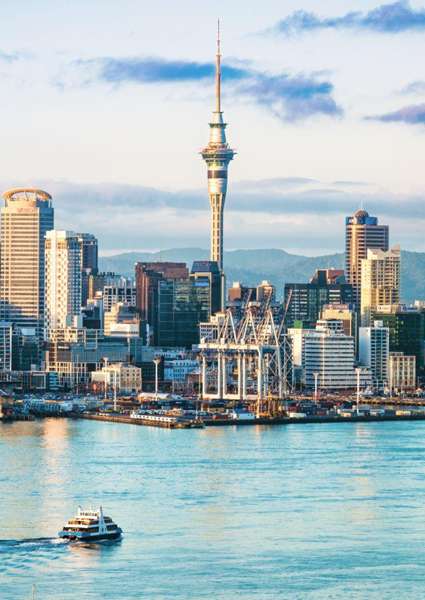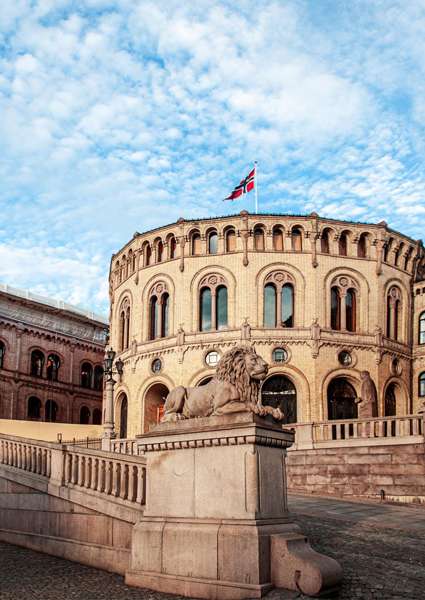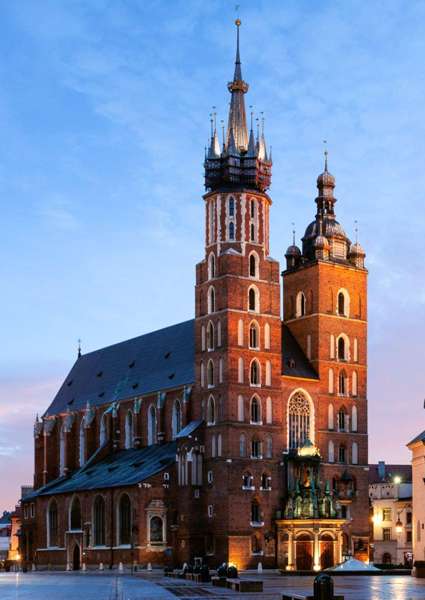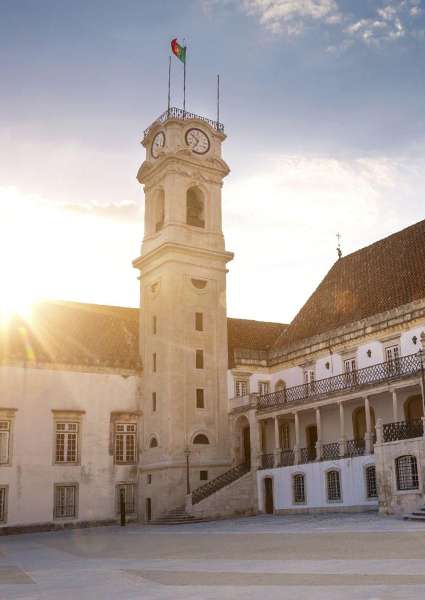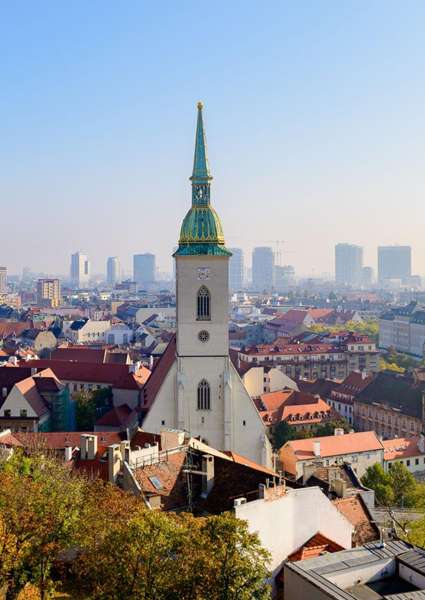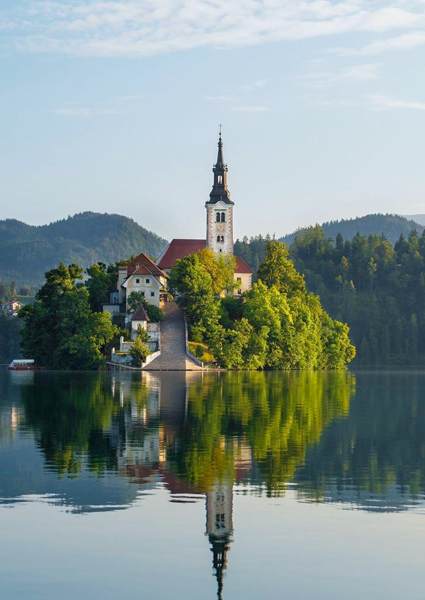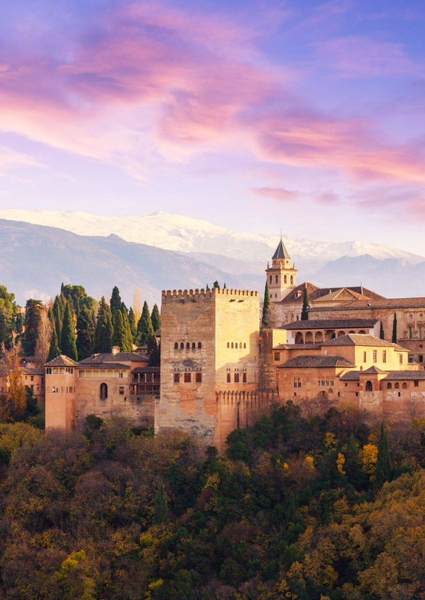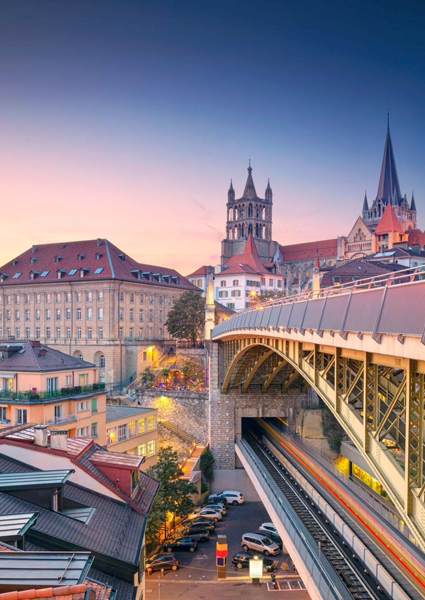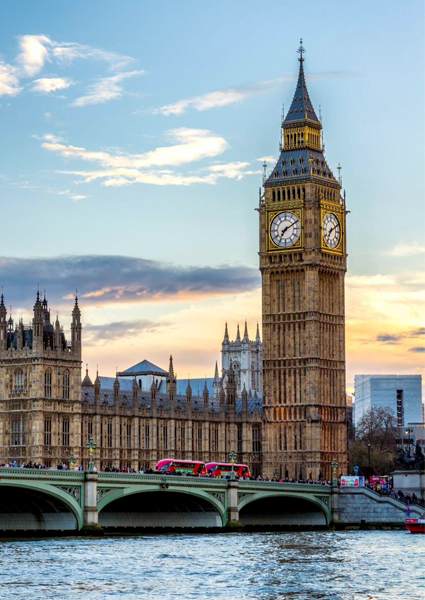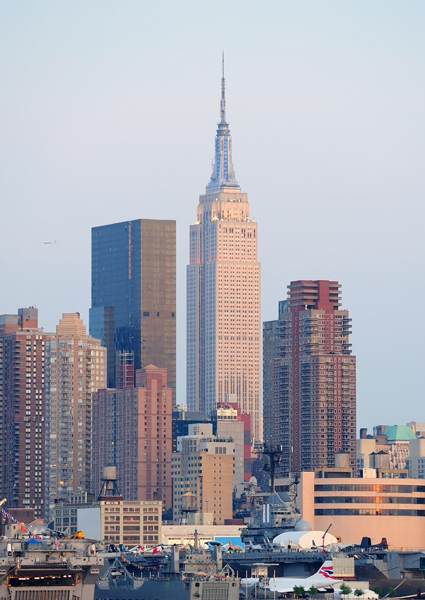
About Slovenia
Slovenia is a small Central European country that is bordered by Austria, Hungary, Croatia and Italy. The capital of Slovenia is Ljubljana. Slovenia is known for its beautiful landscapes and excellent cuisine. The Julian Alps in Slovenia are known for their breathtaking views and hiking trails. Skiing, snowboarding, and other winter activities are popular in the wintertime.Slovenia is known for its vibrant culture, with festivals, music, and art.Slovenia also has many world-class museums, such as the National Museum of Slovenia, and galleries.Slovenia is a relatively emerging economy, although it is a member of the European Union and has a mainly low tax rate. Tourism is an important sector of the economy, driven largely by the country’s natural beauty and cultural attractions.
Slovenia offers a variety of study options with its higher education institutions, including universities, professional colleges, and art academies. If you’re seeking more detailed and personalized information about studying in Slovenia, including affordability, it’s a good idea to connect with study abroad consultants in Kerala. Edabroad can provide valuable insights and assistance.
We are available at +919037900880 during regular business hours contact our support team which are available 24/7 and will reply asap.
Experience
We have years of experience in this field.
On-Time Visa Approval
We are providing the process on time.
5000+ Visas!
Successfully processed more than 5000+ students
Best in class!
You will get admission to the best universities.
Fast & Efficient.
Streamlining the workflow process for maximum efficiency.
Cost-Effective
We have resources that fit your needs and budget.
- Affordable tuition fees and living cost
- Easy Admission Process
- High Visa Success ratio
- IELTS not mandatory
- Large number of programs offered in English language
- Schengen Group country
- University of Maribor
- Valid Passport
- Recently Taken Passport-Size Colour Photos
- Visa Application Form
- Offer Letter from the College.
- Confirmation Letter from the College
- Document Confirming the Proof of Accommodation.
- Air Ticket Reservation
- A Travel Health Insurance for the Whole Period of Stay.
- All Educational Documents (Need to do the Apostle)
- Work Experience Document, if any.
- Sufficient Means of Support
- VISA Fee Payable in Cash
Bachelors / Masters in :
- Tourism Management
Address: A – 5/4, Vasant Vihar New Delhi 110 057 Indija,
T: + 91 11 41662891,2
T: + 91 11 41662893
F: + 91 11 41662895

We at EdAbroad make your life easy in choosing the right course to get you admission to the best college. Feel free to contact us to know how we can help.
Office Location
61/652 c, Karithala Rd,
Near Manorama Jn., Kochi-16
Phone Number
+91 9037900880
Send a Message
Edabroad is a leading study abroad consultant in Kochi as well as Kerala, partnered with more than one hundred World Ranking Universities
We are serving almost 30+ Courtiers | Get Started!
We are available at +919037900880 during regular business hours contact our support team which are available 24/7 and will reply asap.

